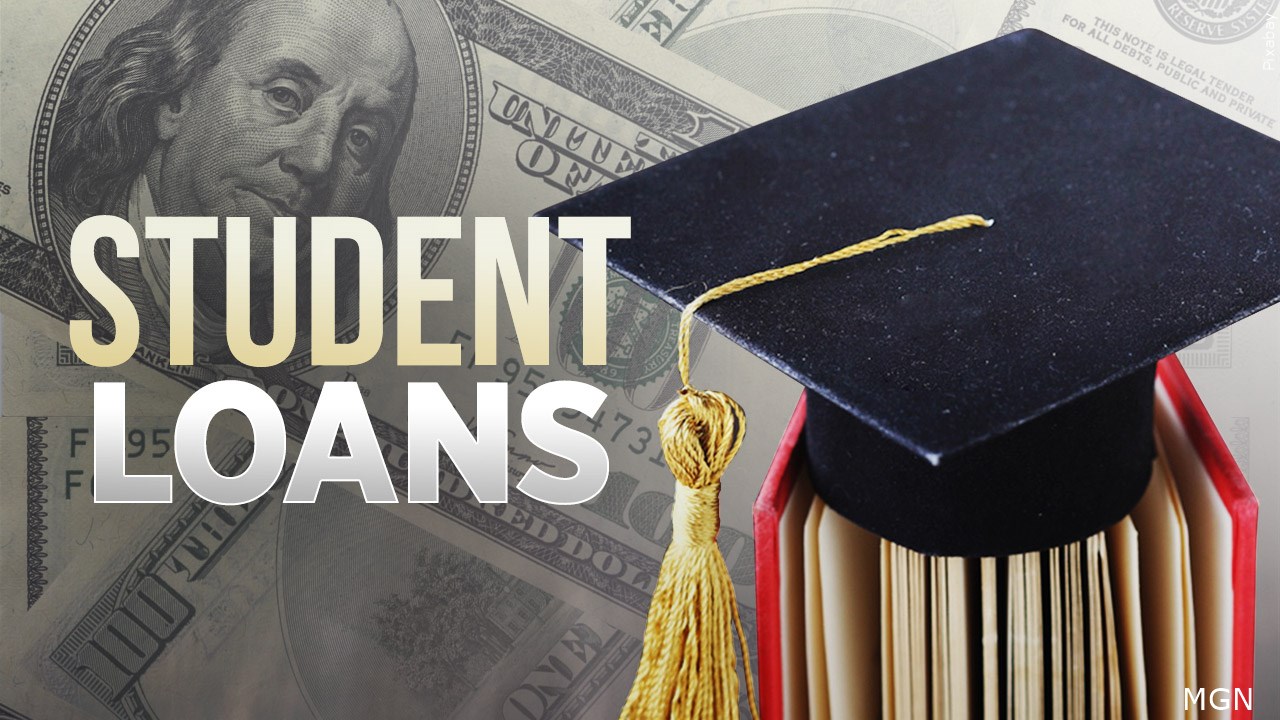Biden Student Loan Forgiveness
Borrowers who receive student loan forgiveness are
relieved of their duty to repay a portion or all of their federal student loan
debt.
The recent high-profile failure of numerous for-profit
institutions, as well as the pandemic-induced 2020 economic catastrophe, have
heightened long-standing concerns about student debt. Loan forgiveness for all
borrowers, not only those who work in government, participate in a repayment
plan, or have been scammed by their college, has become a contentious political
topic.
Loan forgiveness refers to the removal of a debt (or a
portion of a debt) from the borrower's responsibility to repay it. Although
every student debt can be forgiven in theory, the reality is student loan
forgiveness is limited to loans issued or backed by the United States
government, which account for 92 percent of all student loans in the country.
In other words, even though the loans are allocated for students, the well-recognized
cancellation schemes do not apply to any privately obtained loans, such as
those from a financial company or other lenders.

The Department of Education announced last week a list
of newly approved qualified borrowers. The Biden administration has granted at least
$16 billion in student loan forgiveness.
The administration's $16 billion worth of student loan
forgiveness granted so far represents the President's "targeted"
strategy to eliminating student loan. Officials are attempting to make current
student loan forgiveness programs more accessible by loosening program
conditions, speeding up approvals, and extending the pool of eligible
borrowers. Through the Total and Permanent Disability (TPD) discharge initiative,
the government has granted $7.8 billion in federal student loan forgiveness for
more than 400,000 disabled borrowers.
Some borrowers receiving the Social Security
Disability benefits, will be given automatic releases by the Education
Department. Thousands of previously discharged federal student loans were also
reinstated under the TPD discharge program after some borrowers failed to
return paperwork linked to post-discharge income monitoring, which had been a
trademark of the program for years. While it works to revise the underlying
regulations, the Department has temporarily halted post-discharge TPD income
monitoring.
“Now, while our jobs recovery is one of the strongest
ever — with nearly 6 million jobs added this year, the fewest Americans filing
for unemployment in more than 50 years, and overall unemployment at 4.2 percent
— we know that millions of student loan borrowers are still coping with the
impacts of the pandemic and need some more time before resuming payments. This
is an issue Vice President Harris has been closely focused on, and one we both
care deeply about,” said Press Secretary Jen Psaki in an official press
release.
“Given these considerations, today my Administration
is extending the pause on federal student loan repayments for an additional 90
days — through May 1, 2022 — as we manage the ongoing pandemic and further
strengthen our economic recovery. Meanwhile, the Department of Education will
continue working with borrowers to ensure they have the support they need to
transition smoothly back into repayment and advance economic stability for
their own households and for our nation.”
Through changes to the Public Service Loan Forgiveness
(PSLF) program, the Biden administration has also awarded $5 billion in student
loan forgiveness to 70,000 individuals. The fix, known as the "Limited
PSLF Waiver," permits borrowers to earn credit for all payments made on
non-qualifying loans or under unsuitable repayment plans for a limited time.
Also, the Borrower Defense to Repayment program, which
can eliminate federal student loans for borrowers who were misled by their
school, is eligible for the latest wave of borrowers receiving debt
forgiveness. Last Monday, the Department stated that it had accepted Borrower
Defense claims totaling $415 million for 16,000 student-debtors who attended
ITT Technical Institutes, DeVry University, Westwood College, Minnesota School
of Business, and Globe University. The Department also approved another $1.2
billion in student loan cancellations for those who had attended ITT schools.
Is the Biden student loan forgiveness
really what it seems?
Forbearance on federal student loans expires on May 1.
In the midst of the pandemic, most debtors will not complete their payment even
in the next two years. Loan forgiveness has even been granted to some
borrowers. Most federal student loan borrowers, however, will begin making
monthly payments on the same outstanding debt they had before the pandemic when
payments resume.
While advocates for student loan borrowers have
commended the administration's efforts, some have pointed out that $16 billion
represents less than 1% of outstanding student loan debt, and targeted relief
offers little to solve what some regard to as a student debt crisis.
Biden has been urged by members of Congress to
eliminate $50,000 in debt per borrower. However, the president has stated that
if he uses his ability to erase large amounts of debt, it will not exceed
$10,000 per borrower.
Biden's budget proposal for 2022 does not include any
provisions for broad student loan forgiveness, reducing the likelihood that it
will become a reality. During his presidential campaign, he suggested
forgiveness for the following:
·
Borrowers who attended a public university
or college. Private historically Black colleges and universities, as well as
other minority-serving institutions, would be eligible as well.
·
Borrowers who used the loans to pay for
college.
·
Borrowers whose annual income is less than
$125,000. The phaseout of this benefit was mentioned in Biden's plan, but no
further specifics were provided.
There are no details regarding which debts might be
canceled, whether forgiven sums would be taxed, or if defaulting loans would be
erased from borrowers' credit histories because there is no formal forgiveness
plan.


Be the first to comment!
You must login to comment